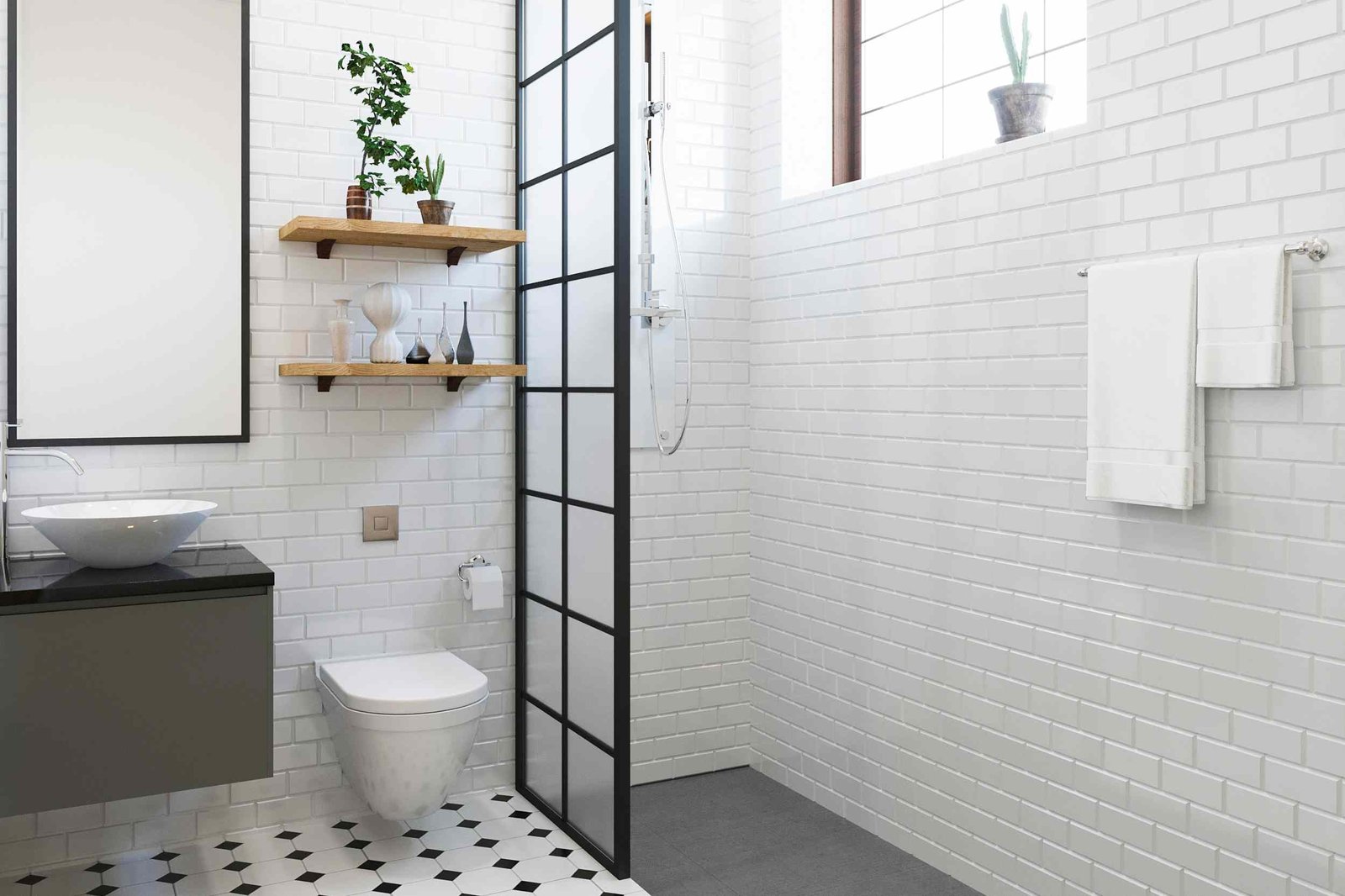
Essential Tips for Planning a Successful Bathroom Remodel
Remodeling a bathroom can be a tricky project. Many decisions must be made, from contractors to finishes and layout.
It’s essential to plan thoroughly before any building can begin. A clear vision of the finished product is critical to ensure the project goes smoothly and on budget.
Table of Contents
ToggleBudget
A well-planned bathroom remodel is an investment but can also add significant value to your home. It’s one of the top home improvement projects Realtors recommend for boosting the resale value.
A low-end bath refresh (like new towels and a fresh coat of paint) may only cost a few thousand dollars, but adding a shower or changing the floor plan could easily double that amount. Expanding or changing the layout will likely involve additional costs, like rerouting electrical wiring; redrilling and transferring joists to accommodate rerouted plumbing; and framing and drywall.
Smart choices in the design, layout, and materials can help keep your project on budget. For example, choosing popular brands of fixtures and storage options will save money on replacements down the road.
Contractors
The essential step in bathroom remodeling is choosing the appropriate contractor. It is a big job. It requires specialized skills, like understanding whether or not a wall is load-bearing and if it contains plumbing or electrical wiring. It also requires contractors who can bring a consumer’s vision to life.
It’s a good idea to interview multiple contractors before hiring one. Choose someone you “click” with and will communicate well with you throughout the process. Hiring a general contractor who can provide references from previous customers is best.
A contract will help consumers and contractors stay on the same page regarding the remodel work, materials needed, payment schedule, and resolution methods. This will minimize problems, misunderstandings, and overlooked details. A good contract can also save consumers time and money by helping to ensure that the project stays on track and within budget.
Design
Choosing the proper bathroom layout is the key to a comfortable and usable space. It’s worth considering a symmetrical design, especially if the room lends itself to it. Consider incorporating texture: aged wood (a textured panel on the wall or in a bespoke cabinet) works well. It has the added benefit of softening how sound bounces around the space.
Decorative elements like a bold accent color can also add personality to your bathroom. Just be careful to leave the room with enough pattern, or you may need to help maintain clean lines.
If you need help figuring out where to start planning a remodel, try using online 3D design software. It’s free to use and gives you an overall view of what the finished result will look like.
Layout
Designing your bathroom layout is the first step in a successful remodel and can make or break how well your new space fits your needs. Getting this right can be especially important for tight spaces you want to maximize.
To determine the best bathroom layout for your space, check the dimensions of your room and make a scale plan. This should include window placements and heights, exterior walls, drainage, and door openings. Then create the key features – a small bathroom, shower cubicle, a freestanding tub, toilet, and primary storage – to scale to assess what works where.
A small place can be framed with decorative paint or used to display a piece of art, adding an extra element of luxury.
Materials
Regarding materials, the quality you choose can significantly impact your remodel’s success. You’ll want to use moisture-resistant surfaces that can withstand frequent water exposure. Mold and mildew can quickly develop behind drywall or in grout seams, leading to minor allergy irritation or, at worst, structural damage.
Using suitable materials will also save you money in the long run. A high-quality shower door and bathtub liner will last longer than a cheaper one, saving you from having to replace them more frequently. You should also consider using ADA-compliant fixtures to add accommodations for an aging family member or disabled loved one. These include lower cabinet heights, wider doors, and grab bars. These additions can increase your budget but will add value to your home and improve its resale potential.





